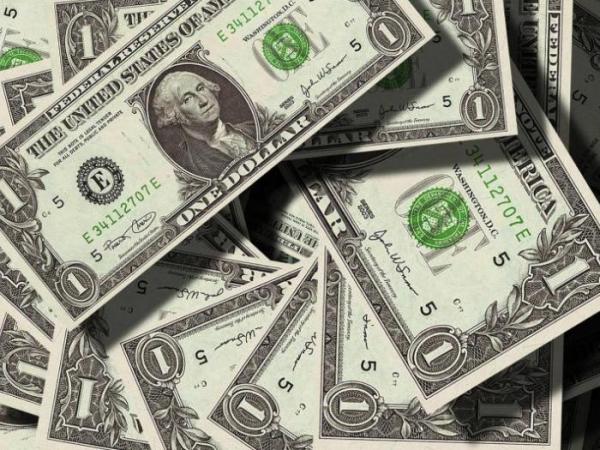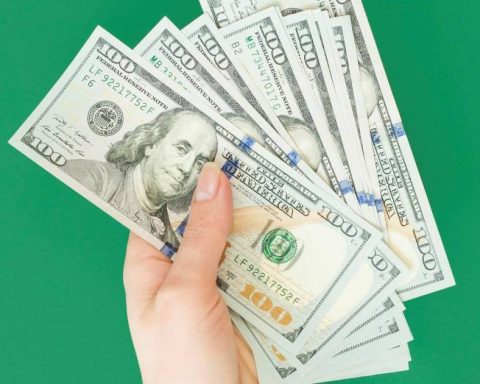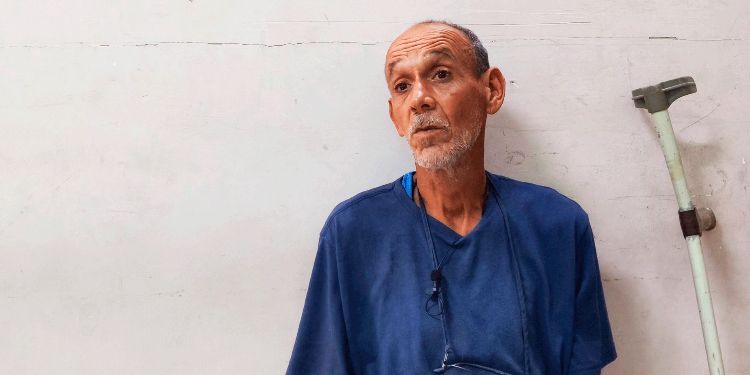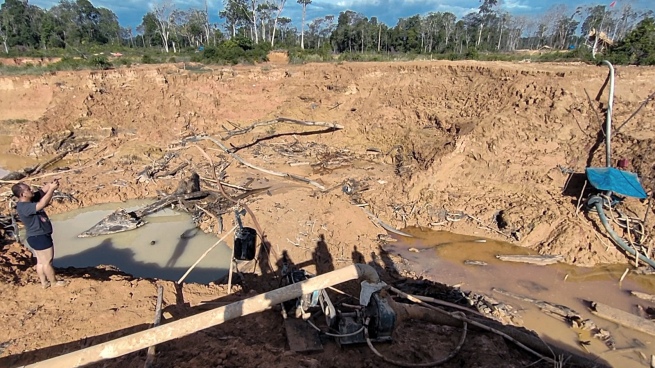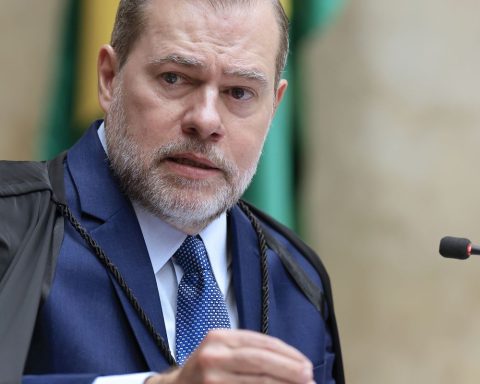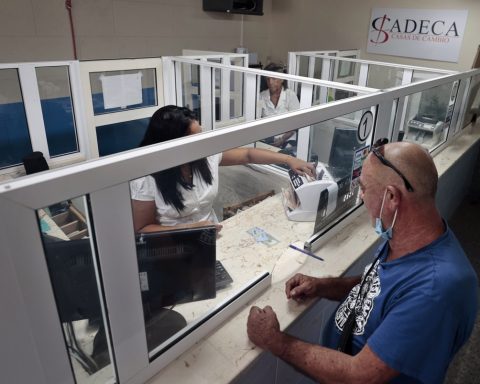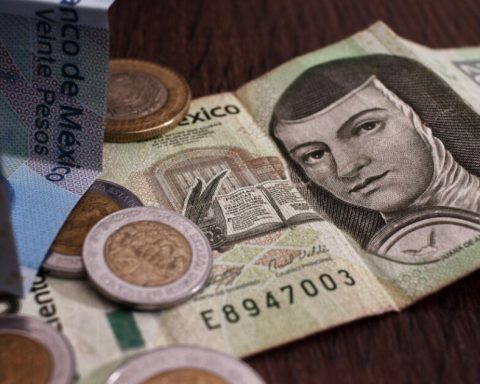In a day characterized by a bullish Behavior, The dollar traded close to $4,000 and closed at $3,984.77, that is, $29.95 above Wednesday’s settlement, facts explained by the US rate hike imminent by the FED and the proximity of the first presidential round in Colombia.
(Why is the dollar sold cheaper in exchange houses?).
In the banking market, the currency opened the session with an upward trend of $25.30 and on the day it reached a maximum of $3,999.99, which was later partially corrected to end at $3,984.95.
Transactions were made for US$1,626 million, one of the highest amounts of the year, and the average price closed at $3,984.80.
(The dollar strengthens: is it regaining its power or never lost it?).
In the last year, that is, since the end of April 2021, the peso devaluation reaches 7.28%, while since the first of January last there has been a revaluation of 2.1%.
Since April 13, the date on which the lowest exchange rate of recent days was reached, the devaluation is 7%.
For Diego Gómez, a specialist in the foreign exchange market at Corficolombiana, there are three causes of the recent rise in the dollar.
The first is the start of the monetary normalization cycle of the FED in the United States. “Jerome Powell, head of the US central bank said that in May (next week) the rate may rise 50 basis points, something not seen since 2000 and describes the high inflation scenario,” said Gomez.
The situation may also be impacted by the war in Ukraine which has pushed up fuel and food prices.
In addition, in the case of China, new lockdowns are being introduced due to outbreaks of covid-19 and this represents a significant weakness for China, which is an important player for Colombia and Latin America.
But the analyst assures that this strength of the dollar is also registered against other currencies in the region, as well as the Canadian dollar and European currencies despite the good prices that commodities have been registering, especially oil.
THE ELECTIONS
Gómez assures that Corficolombiana had already predicted that with about 45 days to go before the first round of the presidential elections the currency would begin to register volatility that expresses uncertainty about the result and is almost a faithful copy of what happened in the same direction in Mexico, Peru and Chile.
The common factor in those countries, he says, was a 13% devaluation in those currencies, which was corrected weeks after the presidential definition.
In times of uncertainty and the possible economic recession in the United States, investors take refuge in the dollar that strengthens it.
BRIEFCASE
